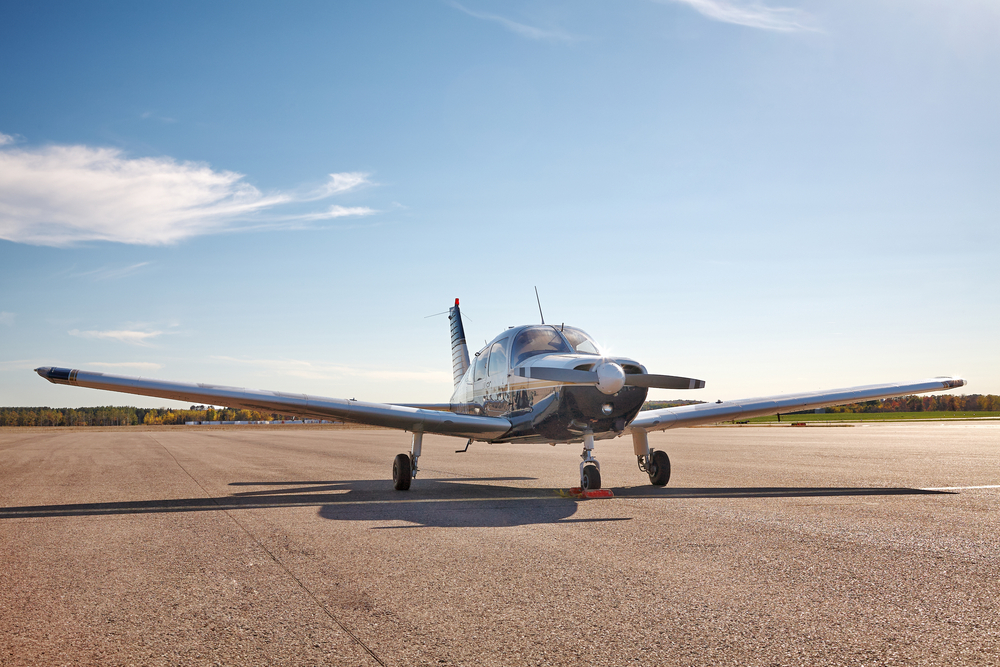The Legacy of the PBY Catalina
The PBY Catalina was a pioneering aircraft that played a significant role in World War II. Known for its versatility, this seaplane was utilized by various Allied forces in numerous capacities. Its design allowed it to perform long-range patrols, anti-submarine warfare, convoy escort duties, search-and-rescue missions, and even bombing operations.
Design and Development
The development of the PBY Catalina began in the 1930s when the U.S. Navy sought to enhance its long-range flying boat capabilities. Consolidated Aircraft Company was contracted to build this new aircraft, which led to the birth of the XP3Y-1 prototype in 1933. After rigorous testing and modifications, the production model, PBY-1, entered service in 1936.
It featured a high wing, twin radial engines, and retractable landing gear. The addition of retractable wingtip floats allowed it to perform water operations efficiently. Over time, improvements led to multiple variants, including the PBY-5, which introduced self-sealing fuel tanks and more powerful engines.
Operational History
During World War II, the PBY Catalina became indispensable. One of its most notable contributions was in anti-submarine warfare. Equipped with depth charges and torpedoes, it could neutralize enemy submarines and protect Allied shipping lanes. Its long range and endurance made it ideal for hunting and disrupting enemy vessels.
The Catalina’s role in reconnaissance was equally vital. Capable of extended patrol missions, it provided critical intelligence on enemy movements. Missions often lasted up to 18 hours, showcasing the endurance and durability of both the aircraft and its crew. The PBY was also instrumental in search-and-rescue operations, saving countless lives throughout the war.
Combat and Rescue Missions
Perhaps one of the most well-known tales of the PBY Catalina’s heroism is tied to its search-and-rescue missions. These flying boats combed vast stretches of ocean to locate downed airmen and stranded sailors. The iconic “Black Cats,” nocturnal missions by black-painted Catalinas, harassed Japanese shipping and executed daring rescue operations under the cover of night.
The aircraft’s capabilities were demonstrated during the Battle of Midway. Catalinas spotted the Japanese fleet, providing crucial intelligence that enabled the U.S. Navy to position its forces advantageously. This intelligence gathering was a pivotal moment in the Pacific Theater.
Post-War Utility and Civilian Use
After World War II, the PBY Catalina continued to serve in various capacities. Many were sold to civilian companies and foreign governments. They were adapted for use in maritime patrol, search-and-rescue, cargo transport, and even firefighting. The Catalina’s amphibious design made it suitable for these diverse roles, extending its operational life significantly.
In the realm of firefighting, the PBY Catalina excelled. Retrofitted to carry and drop water, these aircraft combated forest fires with remarkable efficiency. Their ability to scoop water from lakes and then drop it over blazes made them invaluable assets in fire suppression.
Technical Specifications and Innovations
The PBY Catalina boasted several technical innovations that contributed to its success. It was powered by two Pratt & Whitney R-1830 Twin Wasp radial engines, each delivering about 1200 horsepower. Its maximum speed was around 179 miles per hour, with a range of approximately 2520 miles. The aircraft could carry a payload of bombs, depth charges, and torpedoes, depending on the mission requirements.
One of the notable features was the retractable wingtip floats. When retracted, they reduced drag and improved the aircraft’s aerodynamic efficiency. The large glazed nose and waist blisters provided excellent visibility for reconnaissance and gunnery operations.
The Human Element
Stories of the crews who flew the PBY Catalina add a personal dimension to its legacy. These airmen often faced harsh conditions, long hours, and perilous missions. Yet, their dedication and bravery were evident in the numerous successful operations. Oral histories recount the camaraderie, the tension of combat missions, and the relief of successful rescues.
Veterans who served on Catalinas speak highly of the aircraft’s reliability and versatility. Their anecdotes provide a glimpse into the daily life of maintaining and operating such a complex piece of machinery in diverse and often challenging environments.
Preservation and Legacy
Today, several PBY Catalinas are preserved in museums and private collections. These flying boats are maintained and flown by enthusiasts dedicated to preserving their history. Restorations involve painstaking attention to detail, aiming to recreate the aircraft’s wartime configurations and appearances.
Events like airshows and historical reenactments offer the public a chance to witness the Catalina in action. These displays serve to educate new generations about the significant impact the PBY had during its service life. Organizations like the Catalina Preservation Society actively work to ensure that this iconic aircraft remains a visible part of aviation history.
Conclusion
The PBY Catalina’s story is one of engineering excellence, innovative design, and immense utility. Its contributions to military, civilian, and humanitarian efforts are well-documented and celebrated. From the choppy waters of wartime patrols to the calm lakes of firefighting efforts, the Catalina remains a symbol of versatility and resilience.
